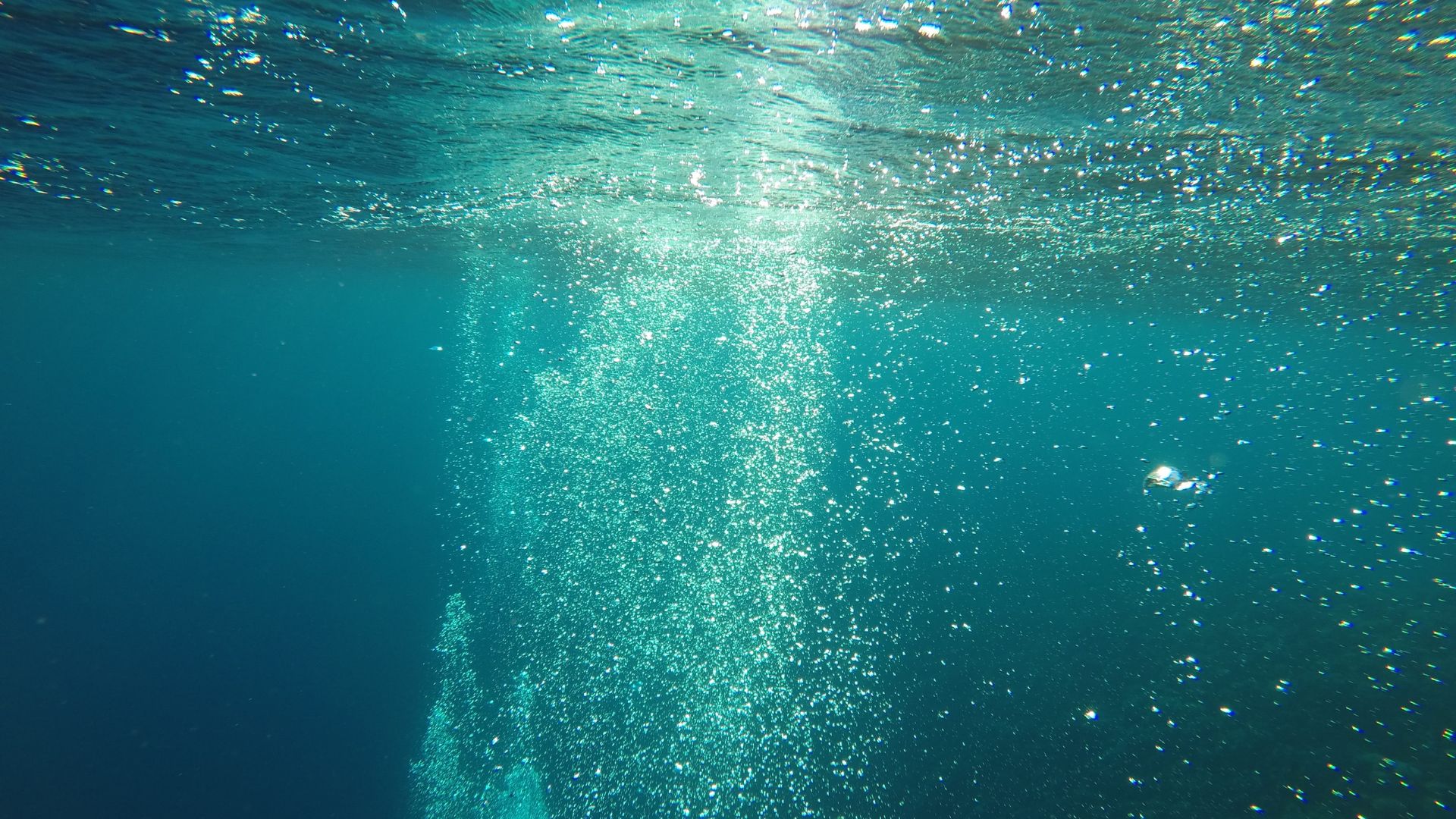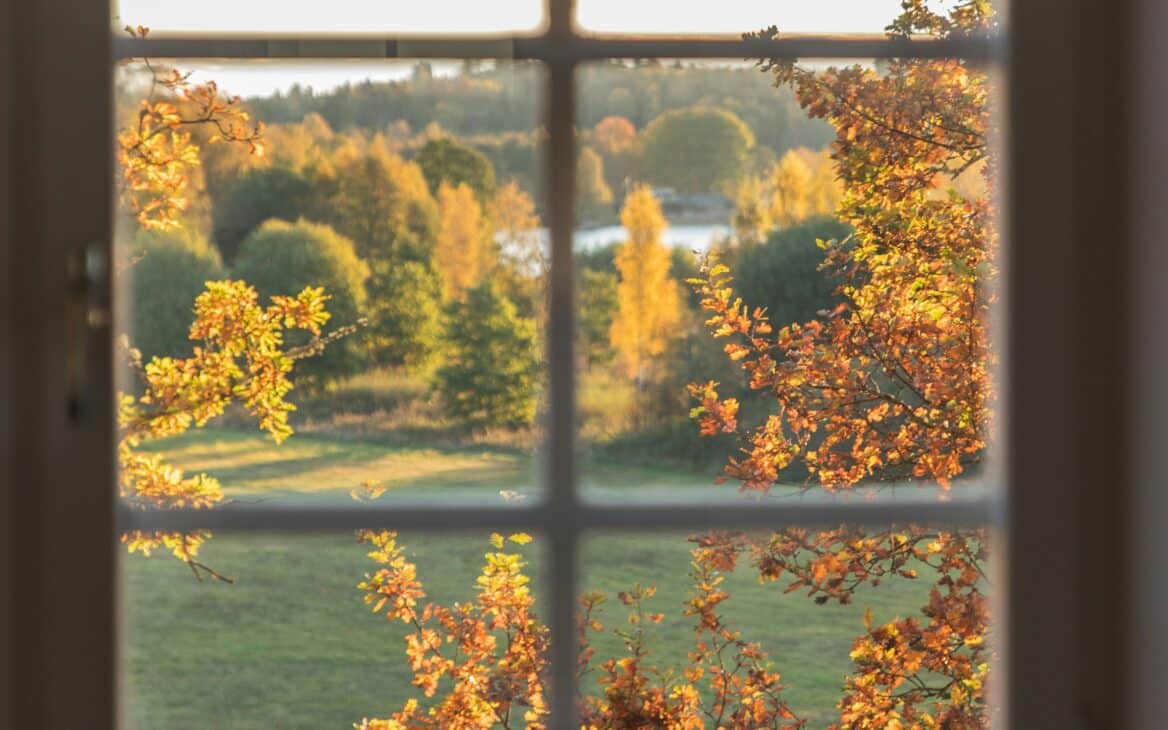As yoga practitioners, we spend a lifetime following our breath– relaxing it, expanding it, and deepening its flow. Patanjali’s Yoga teaches that in pranayama, the breath should be “prolonged” (dirgha) and “refined” (sukshma).
However, breathing in general is a tricky thing because for many the initial “air born” breath is a struggle. When the fetus emerges from the womb, the first breath typically comes as a shock. Does the neurological imprint from the first gasp remain in the body over a lifetime?
In dream work we say that the soul is a water breather, its origins being the unconscious, uterine waters while the ego breathes air. Have you had a dream where you are submersed under the ocean or at the bottom of a pool? This is a return to your watery origins. When under water, the ego is threatened and will always struggle back to the surface. The real challenge in pranayama is to go under the surface of your awareness and enter the deep sea. Do not try to engineer the rhythm or cadence of your breath.
Meditation poses the same challenge. You cannot impose silence on the mind. In meditation, you can only open to the grace of stillness and serenity.
So it is in pranayama, where the best you can do is to get out of your own way and let your breath breathe you. Submerse into the tidal rhythm of your inhale and exhale. Let it ebb and flow with spontaneity, subject to gravity’s pull and the long arc of the moon. Sense its primordial rhythm, ancient as the fish, gills opening and closing, opening and closing.



